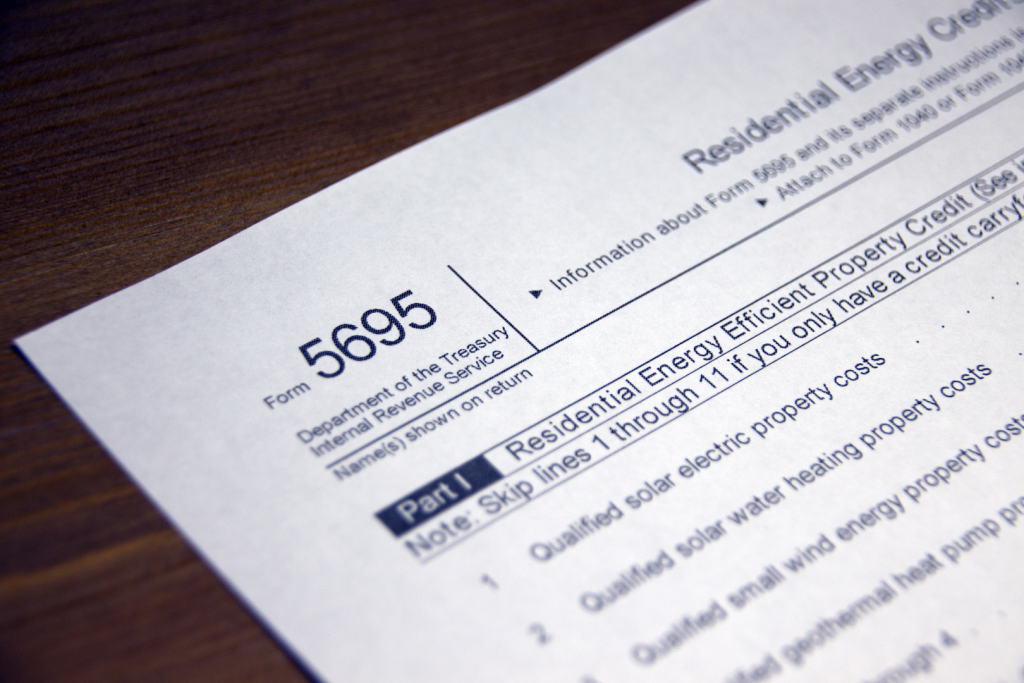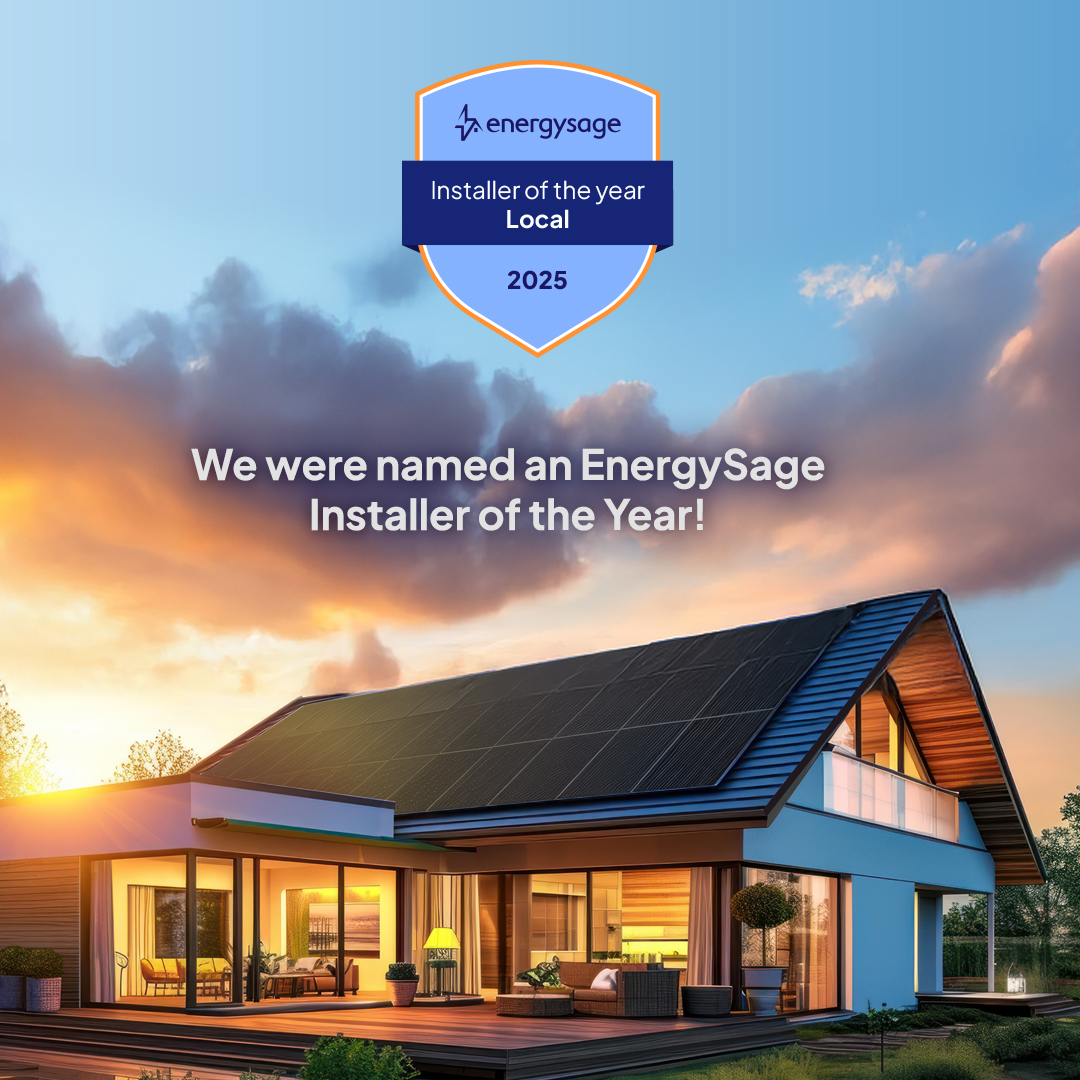
Retired & Saving | Solar Power Pros Success Story
After retirement, this Colorado homeowner faced rising energy costs from his EV, hot tub, and summer AC. Watch how Solar Power Pros helped…

Did you know you could save thousands of dollars off your solar panel installation project? It’s true—residential solar, commercial solar, and batteries qualify for a 30% federal solar tax credit.
If you’re thinking about installing solar panels on your home or business, you don’t want to miss out on the federal Investment Tax Credit (ITC). This incentive will significantly reduce your upfront solar installation costs, speeding up your payback period and helping you break even on your investment faster.
Solar Power Pros is Colorado’s leading local solar installation company. We’ve created this guide to help you learn everything you need to know about the solar tax credit, including how to qualify for and claim it so you can save as much as possible on your solar panel installation.
The solar tax credit is a federal incentive for residential and commercial solar panel installations. The tax credit reduces what you owe when you file your federal income taxes by a percentage of your solar installation costs for the year you install your system. The percentage has fluctuated throughout the tax credit’s life but is currently worth 30% of your total solar installation costs—the highest it’s ever been.
The solar tax credit was first introduced in 2005 and has gone through many iterations since. In 2022 the Inflation Reduction Act was overhauled during the Biden administration, which increased the value of the solar tax credit and extended it for 10 years. As it stands today, it will remain at 30% until 2032, decrease to 26% in 2033, 22% in 2034, then phase out entirely for residential systems in 2035.
With the new incoming presidential administration and Congress in 2025, it is unclear whether changes will be made to the credit amount, phase out date, or even elimination of this incentive entirely. Solar Power Pros is monitoring how any policy changes closely. This makes 2025 the best year to secure the 30% tax credit.
Get started with a free solar quote for your home or business today!
This generous credit is available for residential and commercial solar systems installed now through 2032.
There’s no maximum amount you can claim, and it’s available to anyone who installs a qualifying solar system.
Starting in 2025, standalone battery storage costs are also eligible for the ITC, making energy storage more accessible.
The solar tax credit is not a deduction or a tax refund—it’s a credit that can be applied to your federal income taxes, reducing what you owe.
Let’s say you install a rooftop solar system that costs $20,000. During the tax year you installed, you would receive a tax credit worth 30% of $20,000, which is $6,000. Now let’s say you owe $5,000 when you file your tax return. You can apply your $6,000 credit to your balance, fully covering what you owe. The remaining balance ($1,000 in this case) can be rolled over to the following year.
Claiming the solar tax credit is a simple and straightforward process. You don’t have to apply for the tax credit or fill out a ton of additional forms. There’s just one extra form to complete when filing your annual tax return.
Here are the step-by-step instructions:
Disclaimer: We’re solar experts, not tax experts! We always recommend consulting a tax professional before filing to make sure you have claimed your credit accurately.
It’s easy to qualify for the federal solar tax credit. The eligibility requirements are very straightforward and most rooftop solar installations qualify.
To get the solar tax credit, you must meet the following criteria, laid out by The Office of Energy Efficiency and Renewable Energy:
Solar Power Pros is here to guide you every step of the way, from understanding how the ITC applies to your system to ensuring you take full advantage of all available incentives.

After retirement, this Colorado homeowner faced rising energy costs from his EV, hot tub, and summer AC. Watch how Solar Power Pros helped…

We are thrilled to be named Top Solar Company in Colorado for 2025. Proud our commitment to excellence has been recognized on a national stage. 4 ways we stand out…